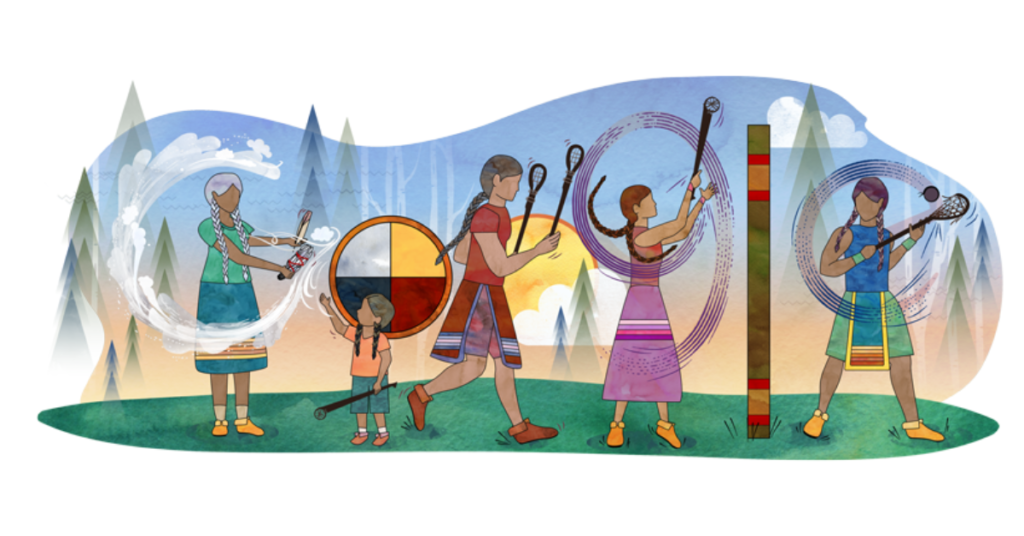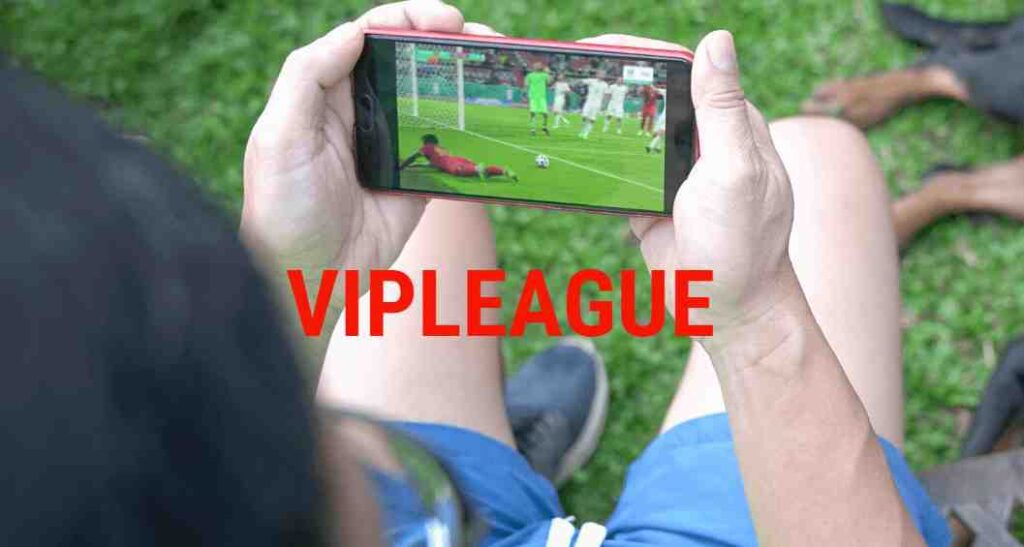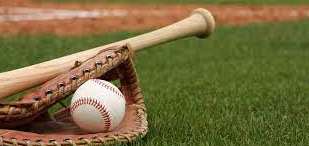Indigenous American Stickball is a long-standing and culturally significant sport in America. On every 1st of November, Google honors the native American culture with doodle art.
Last year on the 1st of November, the Google Doodle honored a timeless cultural history and was illustrated by the gifted artist Marlena Myles, a member of the Spirit Lake Dakota/Mohegan/Muscogee people.
Stickball is often regarded as one of North America’s oldest team sports. In this article, we’ll be talking about American cultural history & will dive into the story of the origin of North American stickball, and what makes it so special.
The History of Indigenous American Stickball
Stickball was played by several Native American tribes, including the Cherokee, Chickasaw, Choctaw, Seminole, and Yuchi. It is often considered one of North America’s oldest team sports.
Stickball was more than just a sport; it had a significant place in tribal history. Older tribal leaders frequently organized stickball tournaments as a means of using competition to settle conflicts without succumbing to bloodshed.
In a Cherokee story, there was a Stickball game between land animals (like a bear, deer, and turtle) and birds. The land animals were confident that their strength alone would win the game. On the other hand, the birds relied on their speed, cunning, and ability to fly. In the end, it was the birds who won the game.
Indigenous peoples are thought to have played stickball for more than a thousand years. While some evidence supports much earlier origins, some archaeological researchers and historians believe it may have started as early as 1100 AD.
Traditional stickball games took place, involving up to 1,000 men from opposing tribes over the course of many days. The game was frequently held in replacement of violence and played a significant role in maintaining the peace.
Along with resolving conflicts, it was also practiced to prepare young warriors for battle and served as an entertaining activity in addition to festivals and celebrations.
The Ottawa tribe entered Fort Mackinac in 1763 by playing a game of stickball. To celebrate the king’s birthday, Chief Pontiac, the ruler of the Ottawas, invited fort military personnel to join him for the game.
The Ottawa players got close enough to the fort to rush it and massacre the troops while they were enjoying the celebrations and entertainment. Many Canadians got interested in the game of stickball in 1834 after watching the Caughnawaga Indians play it in Montreal.
William George Beers standardized the indigenous sport into lacrosse in 1856. Stickball did not start to resurface in the southern part of North America until the latter part of the 20th century. In the meantime, in the Northeast region of the United States, the game spread to the streets.
Modern-Day Stickball Tradition
Stickball is still widely played by many different ethnic groups in North America today. In this game, players alternately toss a ball down a field with two poles or sticks placed at either end. These rounded-end stickball sticks advance the ball down the field so that teammates can strike or reach the goalposts to score points.
Each stickball game starts with customary rituals that usually involve smudging or tobacco burning. Before the game begins, the players are said to do this ritual to purify and cleanse their minds.
Even though stickball’s rules and traditions have changed through time, the game’s core principles continue to be an important way for communities to stay connected to Native cultures.
How to Play Indigenous American Stickball
It is basically a team sport usually played on an open playing surface in which two-player teams compete to regulate and shoot a ball at the goal of the opposing team. It is comparable to the sport of lacrosse.
The opponents in Choctaw Stickball utilize handmade sticks called kabocca and a braided leather ball called a towa. Without ever touching or tossing the ball with their hands, each team attempts to progress the ball down the playing surface to the targeted areas of the opposite team. The team gets scores when their ball reaches that area of the opposing team.
Stickball is an Indigenous sport that uses long sticks with netting pouches and a small, hard ball. The teams and regulations might differ throughout Indigenous tribes, providing a rich tapestry of regional modifications.
Cultural Significance of American Stickball & Google’s Doodle
Stickball was much more than just a game to Indigenous civilizations. It had profound spiritual and social importance. It was frequently employed to settle conflicts, form allies, and keep one’s physical and mental condition. Some tribes thought that playing stickball could bring health, good fortune, or rain to their villages, so the game also had ritualistic and ceremonial elements.
Today, Indigenous North American stickball is a thriving sport and stands for cultural identity, resiliency, and harmony. It helps Indigenous people feel more a part of their community and proud of who they are while also introducing younger generations to their culture and traditions.
The value of the sport has just come to light, and numerous organizations and activities have sprung up to support and promote it.
The special Google Doodle is all about Stickball. It shows how this game is played both in the old way and the new way. The drawing style is inspired by traditional artwork, and it has women and men of all ages to show that everyone can play.
The Doodle also shows three different types of stickball games, including the ceremony before the game where they burn sage, which is an important Native American tradition. This Doodle celebrates Stickball because it’s a game that’s very important to Native American culture and history.
Characteristics of Indigenous American Stickball
The following are some essential characteristics of Indigenous American stickball.
1. Equipment
Stickball is played using a ball and long sticks, frequently made of wood. The ends of the sticks are equipped with a little net or pouch for collecting and transporting the ball. The ball is often small and rough, constructed of materials like deerskin.
2. Teams
Two teams, each with a number of players, often compete in stickball games. Each squad may have a different number of players depending on geographical and cultural differences.
3. Objectives
Getting the ball into the opposing team’s goal, which is typically a predetermined area or a set of goalposts, is the only way to score goals in a game. Indigenous communities may have different scoring guidelines.
4. Rules
varied Indigenous groups and nations have varied stickball rules and regulations. These guidelines control the game’s mechanics, including how players should handle the ball and how long the match should go.
5. Variations
Stickball has a number of regional versions, each with its own special rules and customs. For instance, the Choctaw play a variant of stickball known as “kapucha,” while the Cherokee play a variant known as “anetsa.”
6. Modern Adaptations
Box lacrosse, often known as indoor lacrosse, is a modern variation of the game that uses somewhat different equipment and rules than traditional stickball. Indigenous and mainstream populations have both seen increases in the popularity of modern lacrosse.
Related Articles:
Best Markky Streams Alternatives
Final Words
Indigenous North American stickball has a prolonged history that is firmly steeped in the customs of numerous Native American tribes and cultures.
This sport, which is also known as stickball or lacrosse, has a long history and is a powerful expression of Indigenous identity and community in addition to being played for competition. Stickball, which has its roots in several tribal cultures, exhibits a special fusion of athleticism, strategy, and spirituality.






